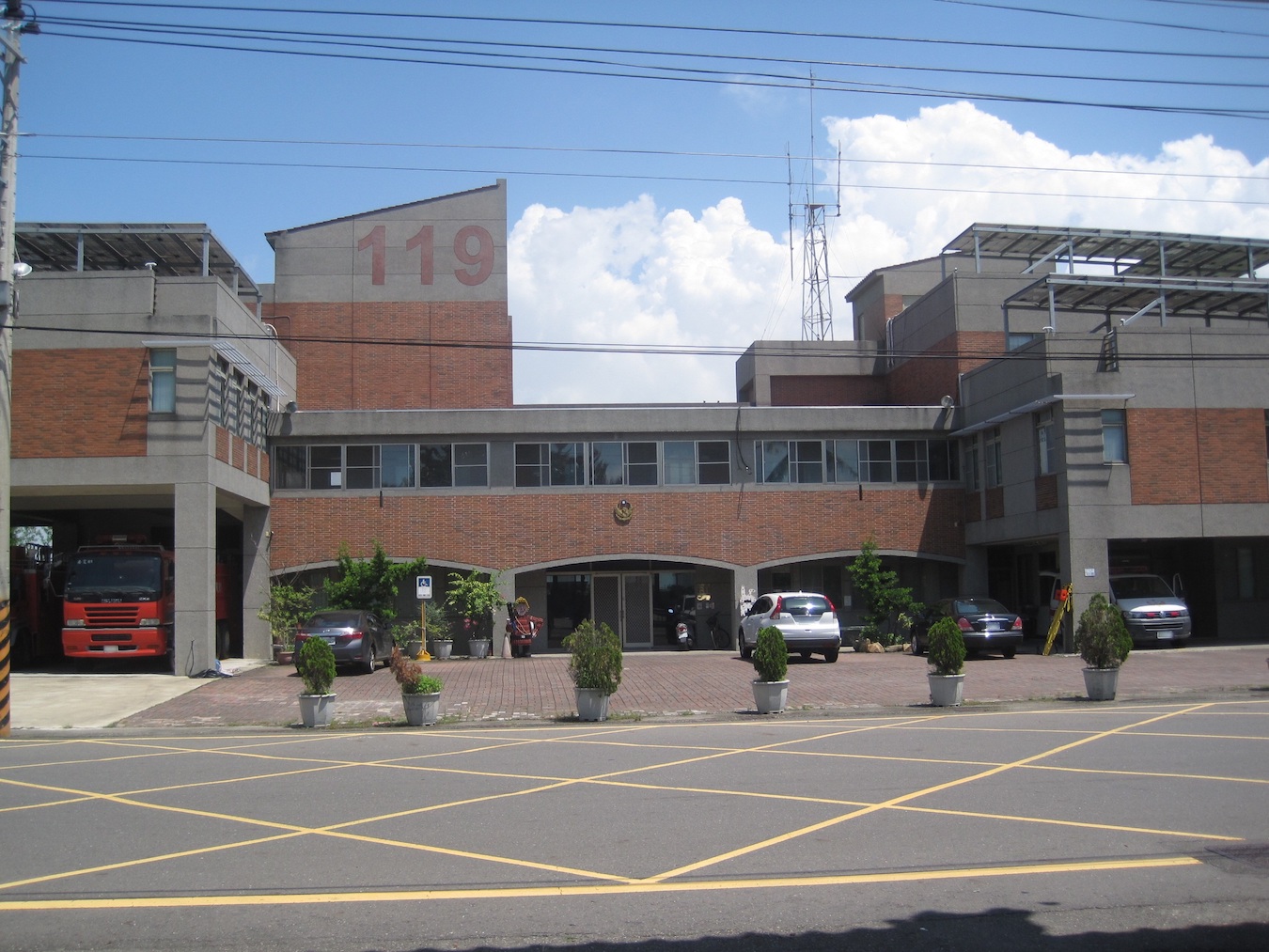by Brian Hioe
語言:
English
Photo Credit: Guanling Chen/WikiCommons/CC BY-SA 4.0
OVER 10,000 HAVE signed a petition against plans to construct a 1.2 gigawatt gas power station in Annan District, which is located in Tainan. Plans to construct the gas power station are to power a TSMC fab that the semiconductors manufacturing giant hopes to build in nearby Anding District. Plans for the fab were first announced in 2017.
The fab will be the world’s first 3-nanometer fab, but is to be powered by the gas power station located in Annan District. However, local residents fear that the power station will contribute to problems regarding air pollution in the area that are already severe. 2.5PM pollution in Tainan is already four times higher than WHO standards and it is thought that the plant will further such issues regarding air pollution.
More generally, environmentalists have been critical of power-hungry Taiwanese tech giants such as TSMC, which consume a great deal of electricity and water. Although TSMC has vowed renewable energy goals along the lines of competitors such as Samsung and Intel, it has been slower in making progress toward reaching those goals, as renewable energy was only 9% of TSMC’s energy consumption in 2021, while this was 80% for Intel and 20% for Samsung.
TSMC claims that it will switch to 100% renewable energy by 2050. Likewise, TSMC signed the largest renewable corporate power purchase agreement in the world in 2020, by signing a twenty-year agreement with Orsted A/S last week to purchase all electricity from its Greater Changhua 2b and 4 offshore wind farm, which has a capacity of 920 megawatts. Yet high-profile PR moves by TSMC may mask actual progress moving to renewable energy goals.
 Photo credit: Pbdragonwang/WikiCommons/CC BY-SA 4.0
Photo credit: Pbdragonwang/WikiCommons/CC BY-SA 4.0
The controversy over the Tainan power plant proves ironic, in some ways. During November 2022 nine-in-one elections, pan-Green and pan-Blue politicians alike campaigned on promises to attract TSMC to their constituencies, claiming that this would stimulate local economic growth with high-tech jobs. Nevertheless, what rarely comes up with such campaign pledges is the environmental cost of attracting TSMC and other tech giants. TSMC’s large presence in local economies and its closeness to the government has even led the pan-Blue camp to accuse the Tsai administration of using TSMC to prop up the economies of areas in which the DPP is performing poorly.
Indeed, one sees similarly with regard to the construction of science and technology parks across Taiwan. It is not uncommon for politicians to push for the construction of science parks in the hopes of leaving their mark on an area and stimulating economic growth. But such science parks often prove to be large consumers of energy and contribute significantly to pollution in the area.
TSMC, as Taiwan’s major semiconductor manufacturer, proves vital for the national economy, as well as national security. Taiwan’s current dominance in semiconductor manufacturing incentivizes western powers such as the US and EU countries to defend Taiwan and also dissuades China from attacking Taiwan, seeing as its own semiconductor manufacturing lines are reliant on Taiwanese semiconductors.
But the semiconductor industry consumes a great deal of Taiwan’s natural resources. 10% of the national water supply is reportedly used by the semiconductor industry. And though TSMC and other semiconductor manufacturers have taken steps to decrease the use of water and increase the reuse of water, this is probably driven by the danger that drought in Taiwan could lead to a halt to supply lines, more than environmental concerns.
Development for TSMC facilities has sometimes comes into conflict with local residents in the past. More significant cases have also touched upon environmental concerns. A solar farm that TSMC intended to build in Pingtung encountered controversy in 2020 due to the fact that this will require 230 hectares of reforested land to be cleared.
This led to criticism that solar panels could instead be located on rooftops and it would make little sense for forest land to be cleared for solar farms, when the forest already contributes to lessening carbon emissions. But it is also not uncommon for controversy about solar farms when their construction may require driving farmers off of farmland.
In the past few years, the international world has become increasingly conscious of global reliance on TSMC. This can also be said of Taiwan, seeing as many did not realize TSMC’s global significance in the past. However, it is also the case that many in Taiwan are reckoning with TSMC’s expansive needs in Taiwanese society at present–with infrastructure development conflicting with the interests of local residents in some cases, as seen in the controversy regarding the Annan District plant.

